- 23
- Mar
Waa maxay sababta awoodda baytariyada lithium ay u qudhunto, qof ayaa ugu dambeyntii soo koobay
Baytariyada lithium-ion waa baytariyada labaad ee ugu dhaqsaha badan u koraya ka dib nikkel-cadmium iyo baytariyada nikkel-hydrogen. Waxyaabaha tamarta sare leh ayaa mustaqbalkeeda ka dhigaya mid dhalaalaya. Si kastaba ha ahaatee, baytariyada lithium-ion ma aha kuwa kaamil ah, dhibatada ugu weynina waa xasiloonida wareegyada lacag bixinta. Waraaqdani waxay soo koobaysaa oo ay falanqaynaysaa sababaha suurtogalka ah ee awoodda sii liidata ee baytariyada Li-ion, oo ay ku jiraan kororka, kala-baxa korantada iyo is-daajinta.
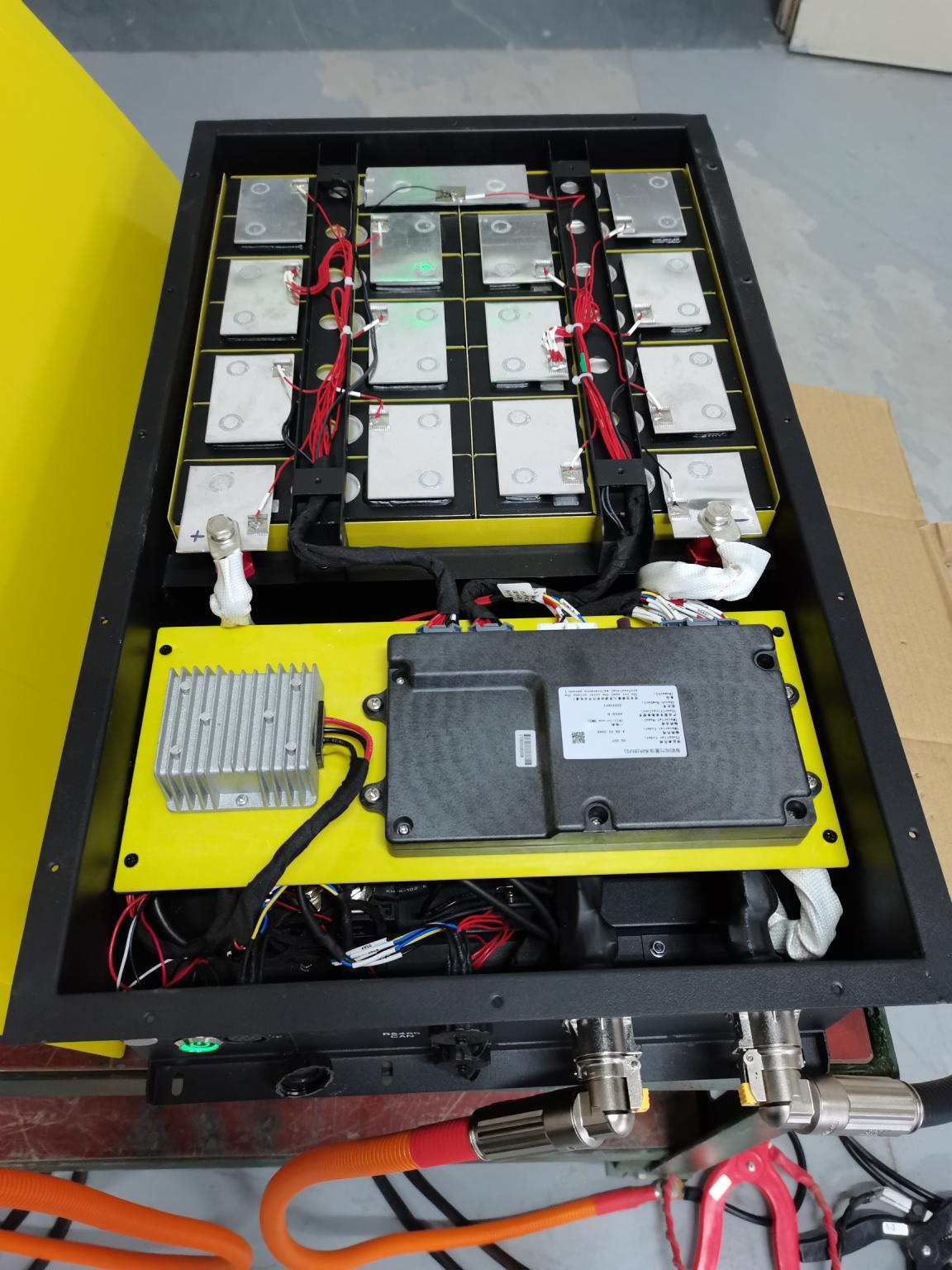
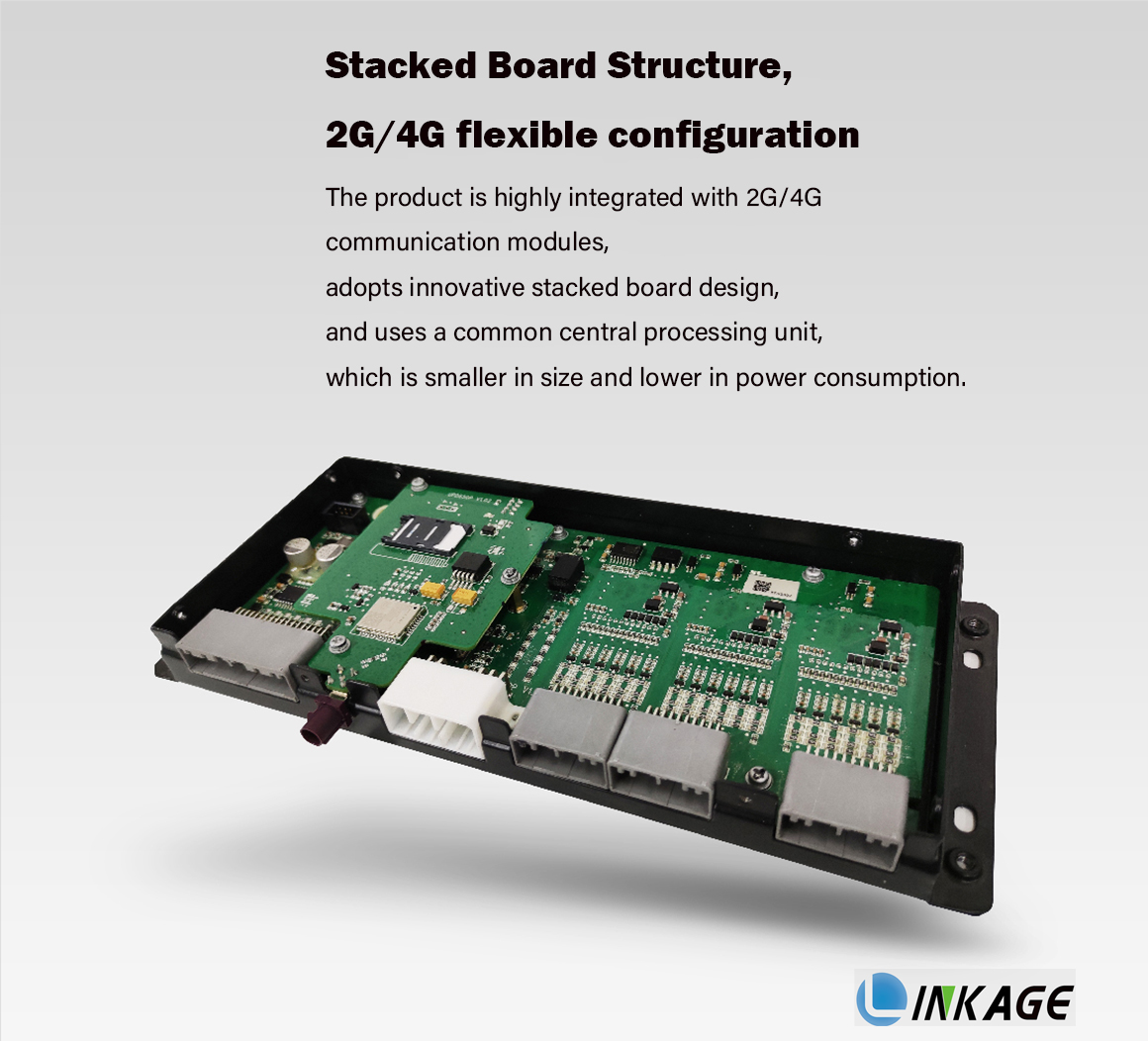
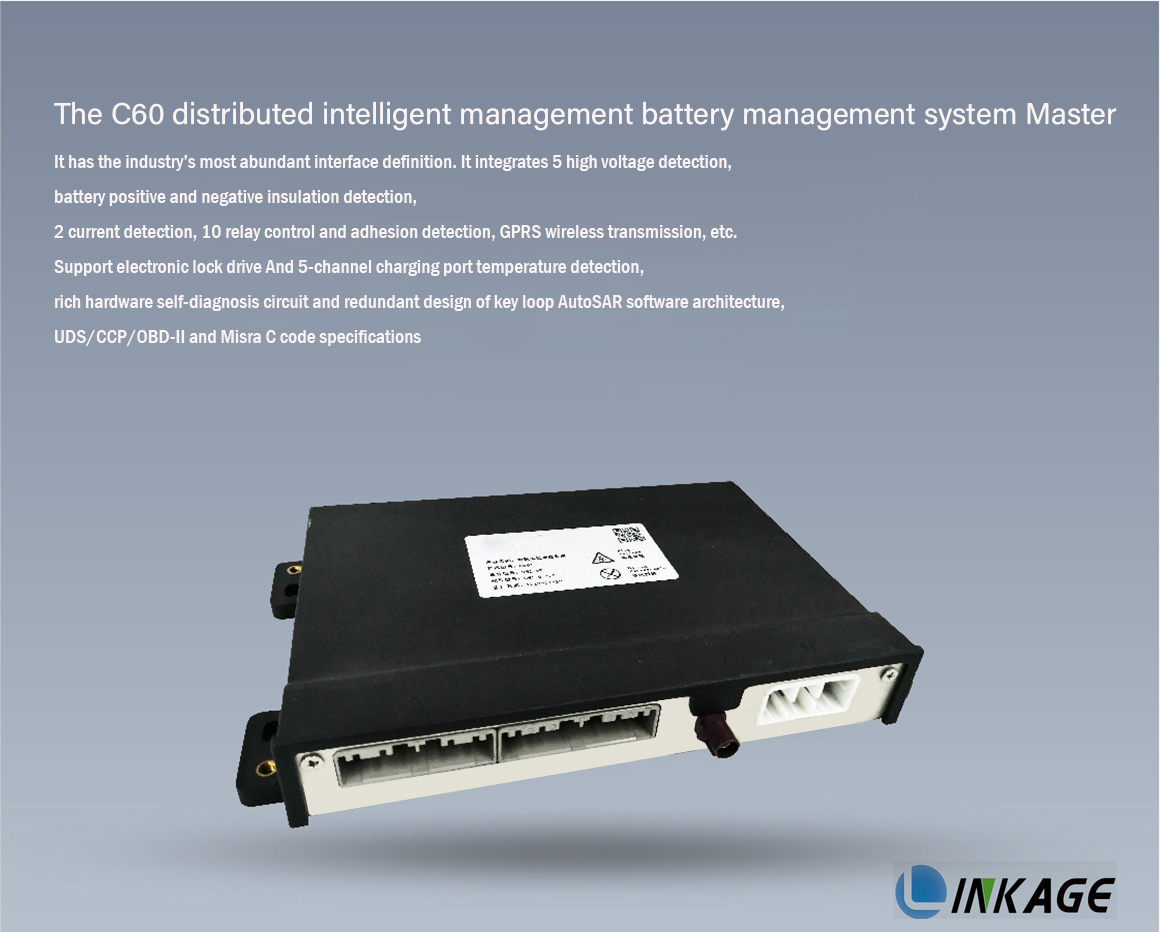
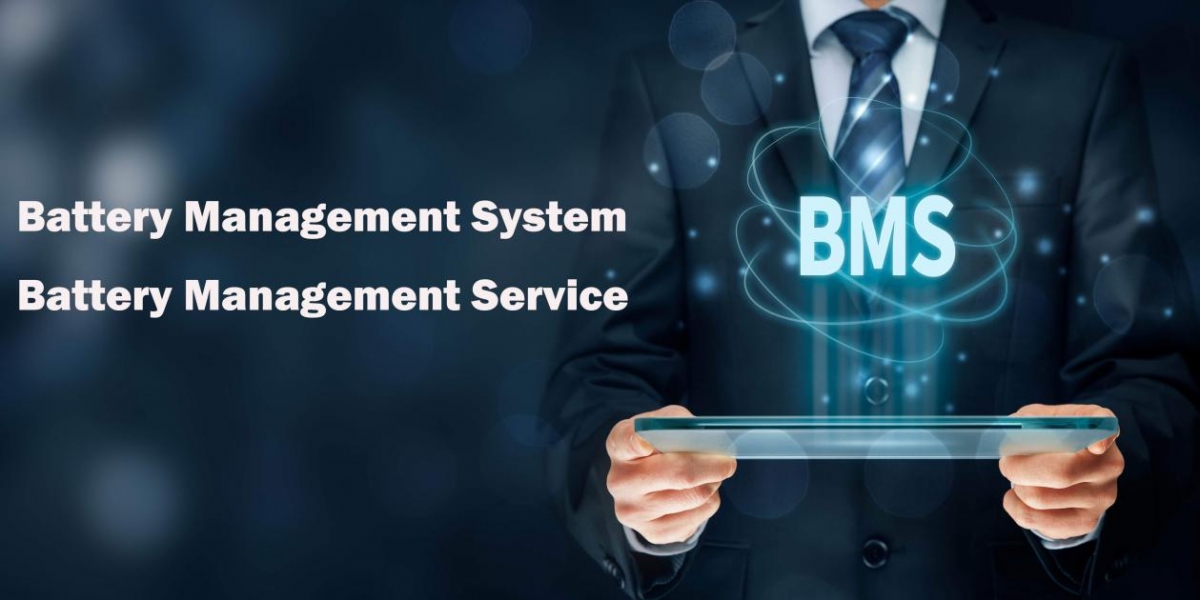
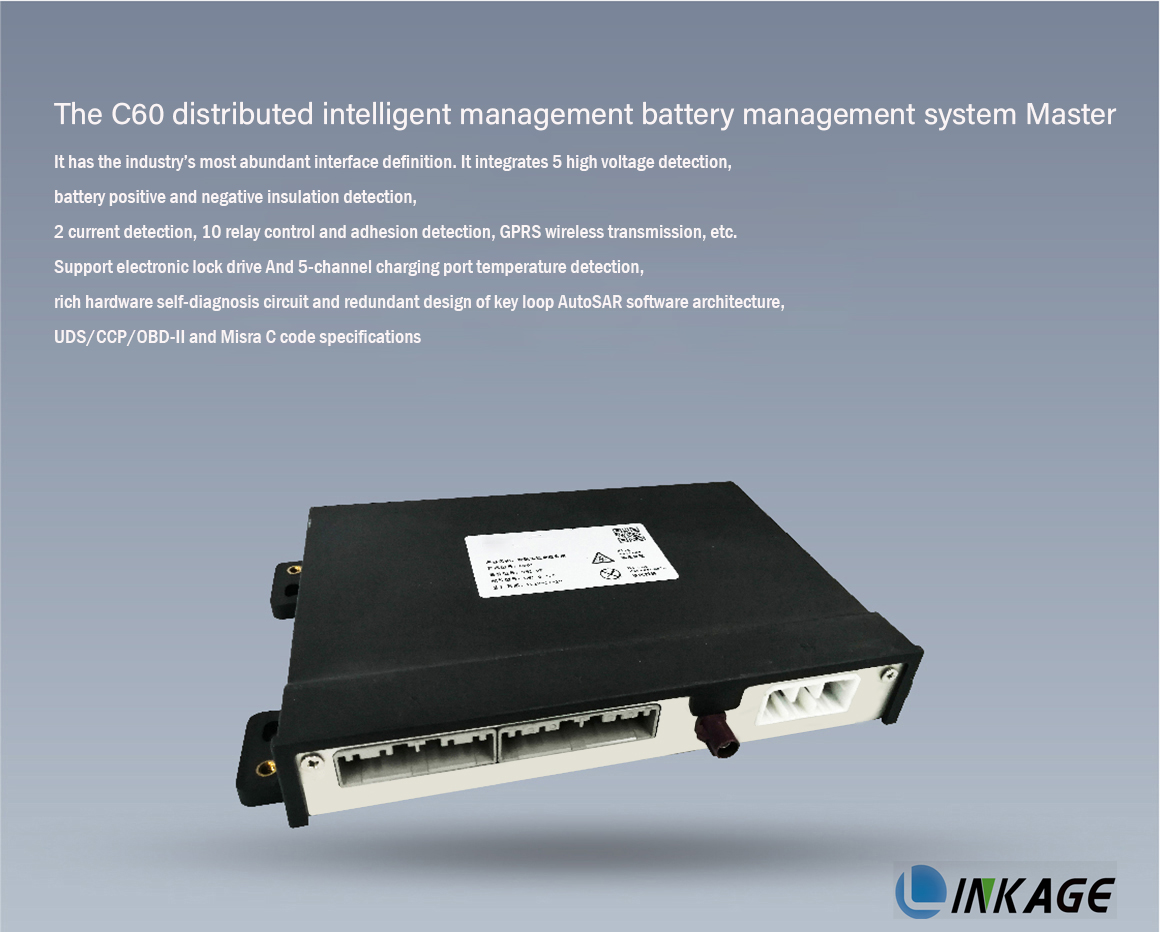
Baytariyada Lithium-ion waxay leeyihiin tamar is-dhexgal oo kala duwan marka falcelinta isdhexgalka ay ka dhex dhacaan labada elektaroonigga ah, iyo si loo helo waxqabadka ugu wanaagsan ee baytariga, saamiga awoodda labada korantada martida loo yahay waa inuu ilaaliyaa qiime dheellitiran.
In lithium-ion batteries, the capacity balance is expressed as the mass ratio of the positive electrode to the negative electrode,
That is: γ=m+/m-=ΔxC-/ΔyC+
Qaaciddada kor ku xusan, C waxa ay tilmaamaysaa awoodda aragtiyaha coulombic ee korantada, iyo Δx iyo Δy waxay tixraacayaan tirada stoichiometric ee lithium ions ee ku dhex jira electrode taban iyo electrode togan, siday u kala horreeyaan. Waxaa laga arki karaa qaacidada sare in saamiga tirada guud ee labada tiir ee loo baahan yahay ay ku xiran tahay awoodda Coulomb ee u dhiganta labada tiir iyo tirada ion lithium-kooda la rogi karo.
sawir
Generally speaking, a smaller mass ratio leads to incomplete utilization of the negative electrode material; a larger mass ratio may cause a safety hazard due to the overcharge of the negative electrode. In short, at the optimized mass ratio, the battery performance is the best.
For an ideal Li-ion battery system, the capacity balance does not change during its cycle, and the initial capacity in each cycle is a certain value, but the actual situation is much more complicated. Any side reaction that can generate or consume lithium ions or electrons may lead to changes in battery capacity balance. Once the battery’s capacity balance state changes, this change is irreversible and can be accumulated through multiple cycles, resulting in battery performance. Serious impact. In lithium-ion batteries, in addition to the redox reactions that occur when lithium ions are deintercalated, there are also a large number of side reactions, such as electrolyte decomposition, active material dissolution, and metallic lithium deposition.
Sababta 1: Lacag xad dhaaf ah
1. Overcharge reaction of graphite negative electrode:
Marka batteriga lagu dallaco, ions lithium si sahal ah ayaa loo yareeyaa waxaana lagu shubaa dusha sare ee korantada taban:
sawir
Lithium-ka la dhigaa wuxuu dahaadhaa dusha korantada taban, taasoo xannibaysa isku-xidhka lithium-ka. Tani waxay keenaysaa hoos u dhaca waxtarka dheecaanka iyo luminta awoodda sababtoo ah:
①Yaree tirada lithium-ka dib loo warshadayn karo;
②The deposited metal lithium reacts with the solvent or supporting electrolyte to form Li2CO3, LiF or other products;
③ Metal lithium is usually formed between the negative electrode and the separator, which may block the pores of the separator and increase the internal resistance of the battery;
④ Sababtoo ah dabeecadda aadka u firfircoon ee lithium, way fududahay in lala falgalo electrolyte-ka oo la isticmaalo korantada, taasoo keentay hoos u dhaca waxtarka dheecaanka iyo luminta awoodda.
Dallacaadda degdegga ah, cufnaanta hadda aad bay u weyn tahay, korantada taban ayaa si aad ah u polarized, iyo dhigista lithium-ka ayaa noqon doonta mid cad. Tani waxay u badan tahay inay dhacdo marka korantada togan ee firfircooni ay xad dhaaf tahay marka loo eego walxaha firfircoon ee korantada taban. Si kastaba ha ahaatee, xaalada heerka dallacaadda sare, dhigista lithium bir ah ayaa laga yaabaa inay dhacdo xitaa haddii saamiga walxaha firfircoon ee togan iyo kuwa taban uu yahay mid caadi ah.
2. Dareen-celin koronto oo togan
Marka saamiga korantada togan iyo walxaha firfircooni uu aad u hooseeyo, waxaa dhici karta in kororka korantada togan uu dhaco.
The capacity loss caused by overcharge of the positive electrode is mainly due to the generation of electrochemically inert substances (such as Co3O4, Mn2O3, etc.), which destroy the capacity balance between the electrodes, and the capacity loss is irreversible.
(1) LiyCoO2
LiyCoO2→(1-y)/3[Co3O4+O2(g)]+yLiCoO2 y<0.4
Isla mar ahaantaana, ogsijiinta ka dhalata kala-goynta walxaha korantada togan ee ku jira baytariga lithium-ion ee xidhan ayaa isku mar urursada sababtoo ah ma jiro falcelin dib-u-habeyn ah (sida jiilka H2O) iyo gaaska gubanaya ee ka dhashay burburka. ee electrolyte-ka, iyo cawaaqibta ay noqon doontaa mid aan la qiyaasi karin.
(2) λ-MnO2
Dareen-celinta lithium-manganese waxay dhacdaa marka lithium-manganese oxide ay gebi ahaanba tirtirto: λ-MnO2 →Mn2O3+O2(g)
3. Electrolyt-ka ayaa oksaydhaysan marka la kordhiyo
Marka cadaadiska uu ka sarreeyo 4.5V, elektrolytku waxa uu noqon doonaa oxidized si ay u abuuraan aan milmayn (sida Li2Co3) iyo gaasaska. Waxyaabahan aan milmi karin waxay xannibi doonaan micropores-ka korantada waxayna carqaladeynayaan hijrada lithium ions, taasoo keenaysa lumitaanka awoodda inta lagu jiro baaskiilka.
Qodobbada saameeya heerka oksaydhisku:
Meesha dusha sare ee walxaha korantada togan
Current collector material
Walaxda wax-qabad ee lagu daray (kaarboon madow, iwm.)
The type and surface area of carbon black
Among the more commonly used electrolytes, EC/DMC is considered to have the highest oxidation resistance. The electrochemical oxidation process of solution is generally expressed as: solution→oxidation product (gas, solution and solid matter)+ne-
The oxidation of any solvent will increase the electrolyte concentration, decrease the electrolyte stability, and ultimately affect the capacity of the battery. Assuming that a small amount of electrolyte is consumed each time it is charged, more electrolyte is required during battery assembly. For a constant container, this means that a smaller amount of active substance is loaded, which results in a decrease in the initial capacity. In addition, if a solid product is produced, a passivation film will be formed on the surface of the electrode, which will increase the polarization of the battery and reduce the output voltage of the battery.
Reason 2: Electrolyte decomposition (reduction)
Waxaan ku dumiyaa korantada
1. The electrolyte is decomposed on the positive electrode:
The electrolyte consists of a solvent and a supporting electrolyte. After the cathode is decomposed, insoluble products such as Li2Co3 and LiF are usually formed, which reduce the battery capacity by blocking the pores of the electrode. The electrolyte reduction reaction will have an adverse effect on the capacity and cycle life of the battery. The gas generated by the reduction can increase the internal pressure of the battery, which can lead to safety problems.
Korantada damisa korantada togan waxay badanaa ka weyn tahay 4.5V (Vs. Li/Li+), si aanay si fudud ugu dumin korantada togan. Taas beddelkeeda, korantada ayaa si fudud u jajabisa korantada taban.
2. The electrolyte is decomposed on the negative electrode:
Electrolyte-ku kuma xasilna garaafka iyo alwaaxyada kale ee lithium-ka ee kaarboonka la geliyo, wayna fududahay in laga falceliyo si loo dhaliyo awood aan laga noqon karin. Inta lagu jiro kharashka bilowga ah iyo dheecaanka, kala-goynta elektrolyt-ka ayaa sameyn doona filim passivation oo ku yaal dusha sare ee korantada, filimku wuxuu kala sooci karaa korantada iyo kaarboonka taban ee kaarboonka si looga hortago burburka korantada. Sidaa darteed, xasilloonida qaabdhismeedka kaarboon anode waa la ilaaliyaa. Xaaladaha ku habboon, hoos u dhigista elektrolytka waxay ku xaddidan tahay marxaladda sameynta filimka passivation, habkani ma dhaco marka wareeggu xasiloon yahay.
Formation of passivation film
Hoos u dhigista cusbada elektrolytka waxay ka qaybqaadataa samaynta filimka passivation, taas oo faa’iido u leh xasilinta filimka passivation, laakiin
(1) The insoluble matter produced by the reduction will have an adverse effect on the solvent reduction product;
(2) The concentration of the electrolyte decreases when the electrolyte salt is reduced, which eventually leads to the loss of battery capacity (LiPF6 is reduced to form LiF, LixPF5-x, PF3O and PF3);
(3) Samaynta filimka passivation wuxuu cunaa lithium ions, taas oo keeni doonta isku dheelitir la’aanta awoodda u dhaxaysa labada electrodes si loo yareeyo awoodda gaarka ah ee batteriga oo dhan.
(4) If there are cracks on the passivation film, solvent molecules can penetrate and thicken the passivation film, which not only consumes more lithium, but also may block the micropores on the carbon surface, resulting in the inability of lithium to be inserted and extracted. , resulting in irreversible capacity loss. Adding some inorganic additives to the electrolyte, such as CO2, N2O, CO, SO2, etc., can accelerate the formation of the passivation film and inhibit the co-insertion and decomposition of the solvent. The addition of crown ether organic additives also has the same effect. 12 crowns and 4 ethers are the best.
Sababaha lumitaanka awoodda filimka:
(1) The type of carbon used in the process;
(2) Halabuurka korantada;
(3) Waxyaalaha lagu daro electrodes ama electrolytes.
Blyr believes that the ion exchange reaction advances from the surface of the active material particle to its core, the new phase formed bury the original active material, and a passive film with low ionic and electronic conductivity is formed on the surface of the particle, so the spinel after storage Greater polarization than before storage.
Zhang found that the resistance of the surface passivation layer increased and the interfacial capacitance decreased with the increase of the number of cycles. It reflects that the thickness of the passivation layer increases with the number of cycles. The dissolution of manganese and the decomposition of the electrolyte lead to the formation of passivation films, and high temperature conditions are more conducive to the progress of these reactions. This will increase the contact resistance between the active material particles and the Li+ migration resistance, thereby increasing the polarization of the battery, incomplete charging and discharging, and reduced capacity.
II Farsamaynta Dhimista Korontada
Electrolyte-ku wuxuu inta badan ka kooban yahay ogsijiin, biyo, kaarboon laba ogsaydh iyo wasakh kale, falcelinta dib-u-celinta waxay dhacdaa inta lagu jiro habka dallacaadda iyo bixinta batteriga.
The reduction mechanism of the electrolyte includes three aspects: solvent reduction, electrolyte reduction and impurity reduction:
1. Yaraynta dareeraha
Hoos u dhigista PC iyo EC waxaa ka mid ah falcelinta hal-elektrooniga ah iyo habka falcelinta laba-elektrooniga ah, iyo falcelinta laba-elektarooniga ah waxay sameeyaan Li2CO3:
Fong iyo al. Waxa la rumaysan yahay in inta lagu guda jiro habka ugu horreeya ee dheecaanka, marka awoodda korantada ay ku dhowdahay 0.8V (vs. Li / Li +), falcelinta korantada ee PC / EC waxay ku dhacday graphite si ay u dhaliso CH = CHCH3 (g) / CH2 = CH2 (g). iyo LiCO3(yada), taasoo horseedaysa luminta awoodda aan la soo celin karin ee korantada garaafyada.
Aurbach et al. conducted extensive research on the reduction mechanism and products of various electrolytes on lithium metal electrodes and carbon-based electrodes, and found that the one-electron reaction mechanism of PC produces ROCO2Li and propylene. ROCO2Li is very sensitive to trace water. The main products are Li2CO3 and propylene in the presence of trace water, but no Li2CO3 is produced under dry conditions.
Restoration of DEC:
Ein-Eli Y reported that the electrolyte mixed with diethyl carbonate (DEC) and dimethyl carbonate (DMC) will undergo an exchange reaction in the battery to generate ethyl methyl carbonate (EMC), which is responsible for the loss of capacity. certain influence.
2. Electrolyte reduction
Dareen-celinta dhimista korantada waxaa guud ahaan loo tixgeliyaa inay ku lug leedahay sameynta filimka dusha sare ee kaarboonka, sidaas darteed nooca iyo diiradda ayaa saameyn doonta waxqabadka korantada kaarboonka. Xaaladaha qaarkood, dhimista korantada waxay gacan ka geysataa xasilinta dusha kaarboonka, taas oo samayn karta lakabka passivation ee la rabo.
Waxaa guud ahaan la rumeysan yahay in korantada taageerta ay fududahay in la dhimo marka loo eego dareeraha, iyo badeecada dhimista ayaa lagu qasi karaa filimka dhejiska ah ee korantada taban wuxuuna saameeyaa awoodda batteriga. Dhowr falcelin dhimis suurtagal ah ee electrolytes-ka taageeraya waa sida soo socota:
3. Impurity reduction
(1) Haddii biyaha ku jira electrolyte-ka ay aad u sarreeyaan, kaydadka LiOH(-yada) iyo Li2O ayaa la samayn doonaa, kuwaas oo aan ku habboonayn gelinta ion lithium, taasoo keenta luminta awoodda aan la soo celin karin:
H2O+e→OH-+1/2H2
OH-+Li+→LiOH(-yada)
LiOH+Li++e-→Li2O(-yada)+1/2H2
The generated LiOH(s) is deposited on the electrode surface, forming a surface film with high resistance, which hinders Li+ intercalation into the graphite electrode, resulting in irreversible capacity loss. A small amount of water (100-300×10-6) in the solvent has no effect on the performance of the graphite electrode.
(2) The CO2 in the solvent can be reduced on the negative electrode to form CO and LiCO3(s):
2CO2+2e-+2Li+→Li2CO3+CO
CO waxay kordhin doontaa cadaadiska gudaha ee batteriga, iyo Li2CO3(-yada) waxay kordhin doonaan caabbinta gudaha ee batteriga waxayna saameynayaan waxqabadka batteriga.
(3) The presence of oxygen in the solvent will also form Li2O
1/2O2+2e-+2Li+→Li2O
Sababtoo ah farqiga u dhexeeya lithium macdan ah iyo kaarboonka si buuxda isku dhafan waa yar yahay, dhimista korantada ee carbon waxay la mid tahay dhimista lithium.
Reason 3: Self-discharge
Self-discharge refers to the phenomenon that the battery loses its capacity naturally when it is not in use. Li-ion battery self-discharge leads to capacity loss in two cases:
Mid waa luminta awoodda dib loo celin karo;
Midda labaad waa luminta awoodda aan dib loo celin karin.
Reversible capacity loss means that the lost capacity can be recovered during charging, while irreversible capacity loss is the opposite. The positive and negative electrodes may act as a microbattery with the electrolyte in the charged state, resulting in lithium ion intercalation and deintercalation, and intercalation and deintercalation of positive and negative electrodes. The embedded lithium ions are only related to the lithium ions of the electrolyte, so the capacity of the positive and negative electrodes is unbalanced, and this part of the capacity loss cannot be recovered during charging. Such as:
Lithium manganese oxide positive electrode and solvent will cause micro-battery effect and self-discharge, resulting in irreversible capacity loss:
LiyMn2O4+xLi++xe-→Liy+xMn2O4
Unugyada dareeraha ah (sida PC) ayaa oksaydhaysan dusha sare ee walxaha kaarboon madaw ama ururiyaha hadda jira sida anode microbattery:
xPC→xPC-radical+xe-
Sidoo kale, walxaha firfircooni ee taban ayaa laga yaabaa inay la falgalaan elektrolytka si ay u keenaan is-daacid ayna sababaan lumitaanka awoodda aan la soo celin karin, iyo korantada (sida LiPF6) ayaa lagu yareeyaa walxaha korantada:
PF5+xe-→PF5-x
Lithium carbide in the charged state is oxidized by removing lithium ions as the negative electrode of the microbattery:
LiyC6→Liy-xC6+xLi++++xe-
Qodobbada saameeya is-daajinta: habka wax-soo-saarka ee walxaha korantada togan, habka wax-soo-saarka batteriga, sifooyinka korantada, heerkulka, iyo waqtiga.
